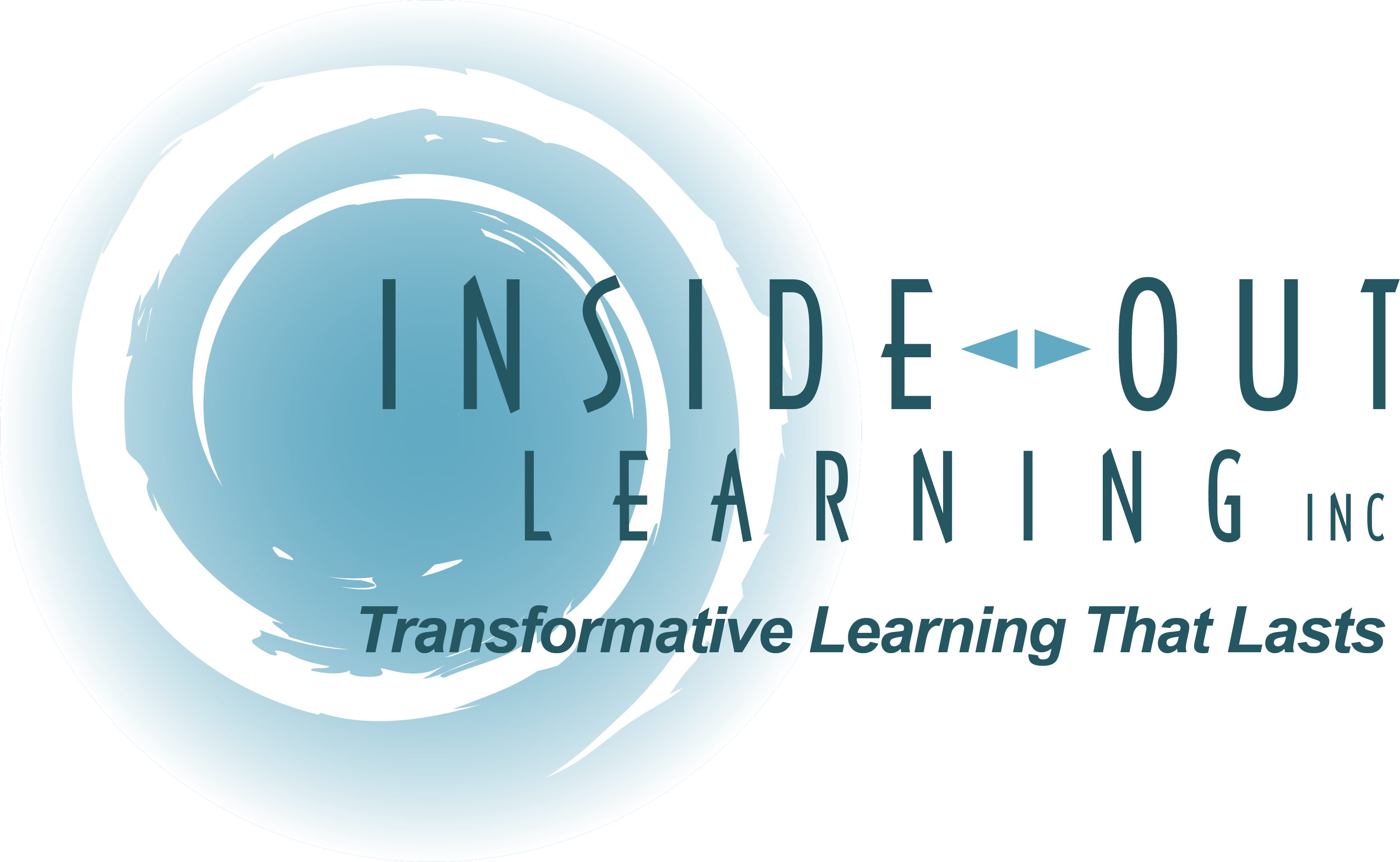Change Management Tips for Digital Transformation – CMSWire
*Forwarded from Feedly*
Change Management Tips for Digital Transformation – CMSWire

PHOTO:
Andy Beales
A recent McKinsey report suggests we have vaulted forward five years in adoption of digital platforms as both consumers and businesses in the space of eight weeks.
However, the bitter truth is this: the introduction of a brand new set of tech tools alone will not change work habits. So what will?
Change Management Doesn’t Mean New Tools, Old Habits
Budget, of course, is crucial. An organization has to see the value in allocating time and money for their staff to upskill. But change begins when you move away from budgets and schedules and instead think about change through the individual.
When we talk about change management, terms like end-user adoption or onboarding get thrown about. The term doesn’t matter. What matters is realizing change isn’t brought about by user training alone. At the heart of successful change management is a people-centered, managed change that businesses resolutely commit to.
A major problem is all of the new technology businesses have rolled out over the years is being used with old ways of working. So, organizations are using the latest tools with old approaches. For example, people will continue attaching documents in email if they think sharing with links is too hard. If people don’t change the way they work, the result is they never fully adopt certain knowledge and skills.
This isn’t to suggest training has no place in your change management plans. It does. But learning is more important and should lie at the center of your efforts, because running the same training over and over switches people off. People learn in different ways and at different speeds, which means a group approach to learning isn’t always the best way to tackle change. This is why learning by experience is fundamental to change management.
Related Article: Have We Been Doing Change Management Wrong All Along?
The Orchestration of Change Management
Change management requires the orchestration of multiple moving parts, but it starts with establishing clear ownership of the digital workplace experience.
Tools and technology alone won’t make a difference if they are not used to the fullest extent by everyone. Having a clear leader in charge of the digital workday experience will go far here, but it requires buy-in across the entire organization, at the individual, team and overall organizational level. When all of these stakeholders are involved, a smooth workday experience is the result.
Leaders have to be passionate about this workplace change and understand it’s an ongoing journey rather than flicking on a switch and walking away. Lack of an internal sponsorship is the most common cause of change management failure. Ideally, a person from the management team will take the lead, including gaining early access to new features so they can set an example of how to use the new tools.
Planning is also your best friend in change management. Don’t introduce every new feature at once, rather, introduce one tool at a time via small-scale pilots. And remember the three-bullet rule: communication, competencies and continuous development.
- Communication: Strong communication is crucial. It’s important to be really bold about what is happening. Start sharing insights at an early phase and be open about it. The technology change can happen overnight, however, individuals need more time to work out the benefits. The point when they identify them is what drives adoption.
- Competencies: The change from one system to another is more of a cultural change, which takes time. Some individuals will be more digitally advanced than others. You can turn these into ambassadors and get them to use their experience and knowledge to coach and encourage their teammates, helping supporting the change.
- Continuous Development: The final stage of any change management program. With cloud computing new things are being added in all the time. Even if an organization has had a Microsoft 365 license for a longer period of time, they may have a range of products they’re not yet using or fully understanding. Often, it’s less of a shortage of tools that’s a problem, more deciding which tool should be used at any given time.
Aligning any change in your workplace tools and culture with your strategic vision of what’s next is vital — because change management is all about the people, not just the tools.
Related Article: Change Management: The Key to Successful Digital Transformation
via organizational change “https://ift.tt/39CuAcx”
August 12, 2020 at 12:38PM
